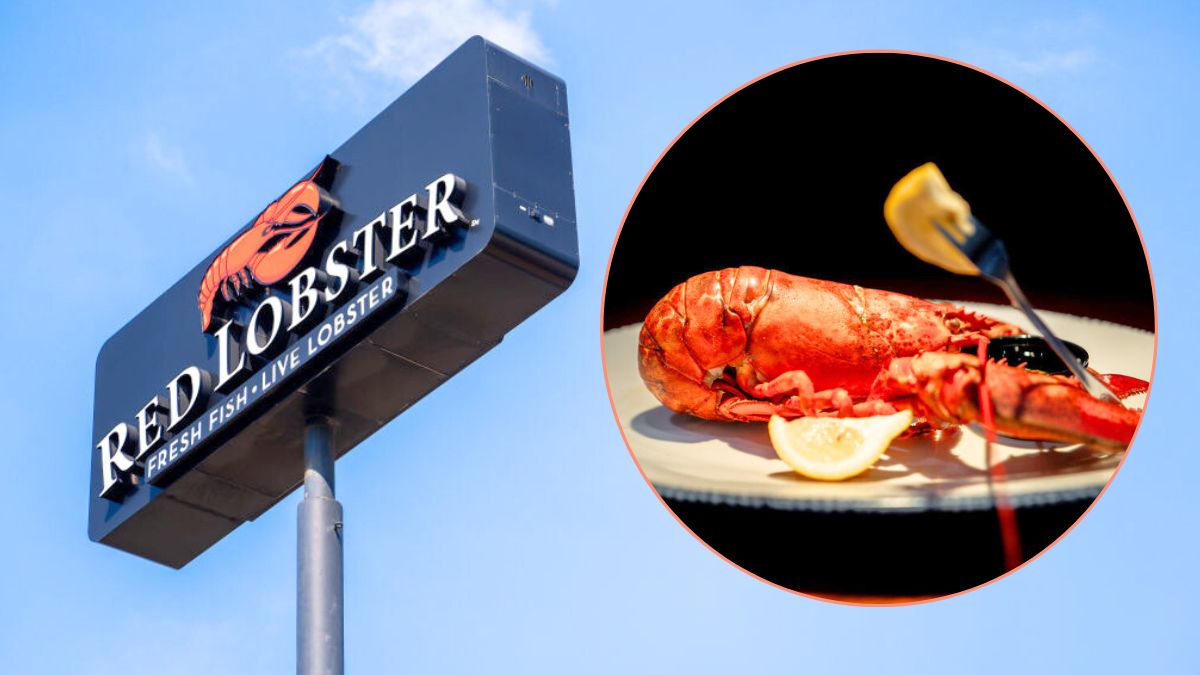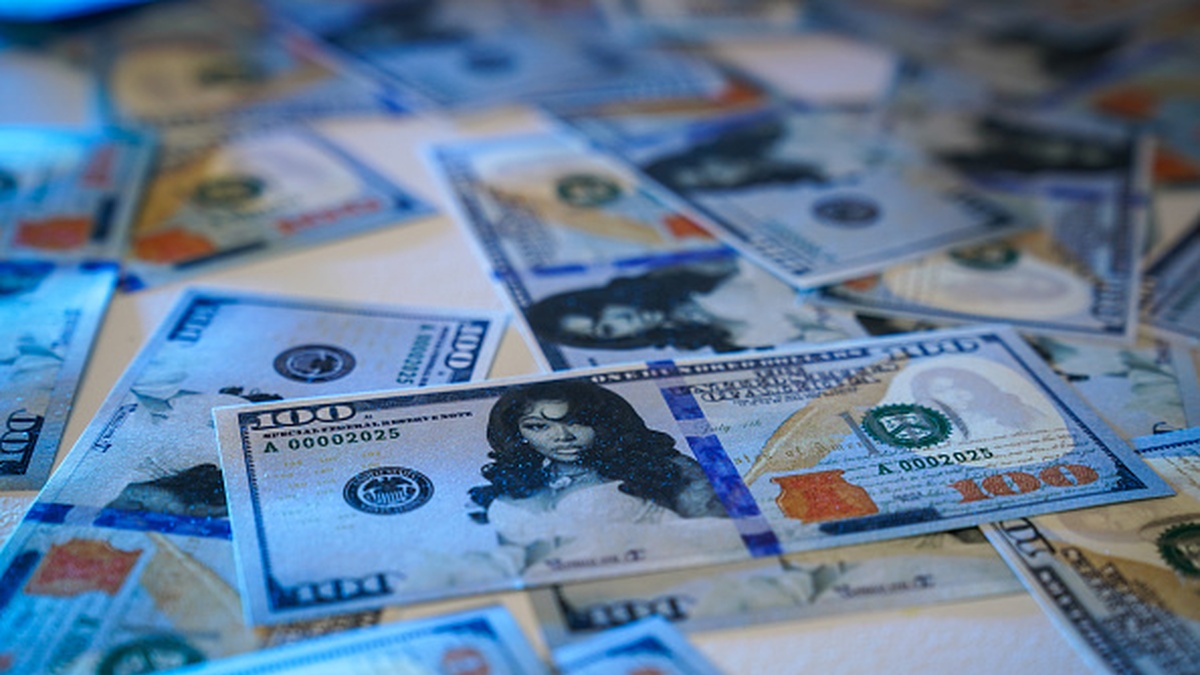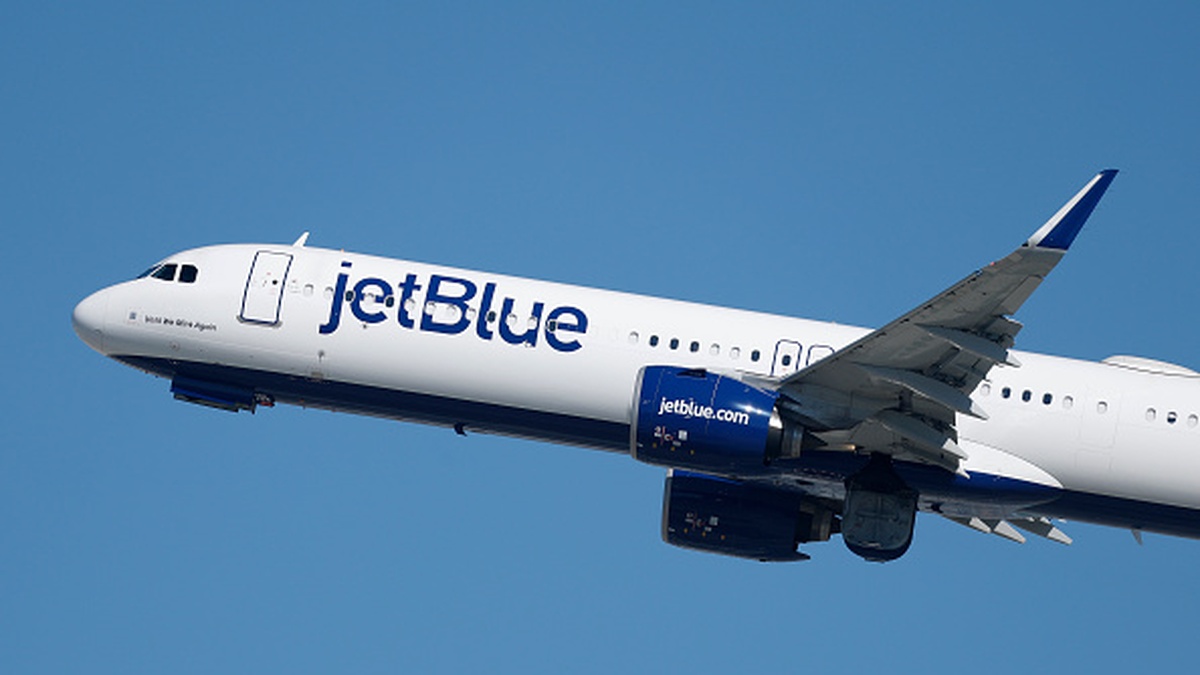It looks like Red Lobster has achieved that impossible and somehow managed to claw its way out of Chapter 11 bankruptcy.
The chain, known for its cheddar bay biscuits and wallet-friendly seafood feasts, had been treading water for years apparently. Now, it’s latched onto yet another financial buoy and is essentially playing a game of corporate musical chairs. The iconic seafood chain, has officially been snapped up by RL Investor Holdings LLC for a cool $375 million.
Red Lobster’s descent into financial hell began with a spectacularly ill-conceived promotion: “Ultimate Endless Shrimp.” This all-you-can-eat deal, priced at a modest $20, was meant to lure in younger diners and boost foot traffic. Instead, it became a financial black hole, costing the company $11 million in losses. Clearly, Red Lobster vastly underestimated Americans’ appetite for bottomless crustaceans.
But the shrimp debacle was just the tip of the iceberg. The real culprit behind the chain’s financial struggles can be traced back to 2014 when private equity firm Golden Gate Capital bought Red Lobster for $2.1 billion. In a move that most economists saw coming from a mile away, Golden Gate immediately sold off the real estate under 500 Red Lobster locations for $1.5 billion. This sale-leaseback deal, while netting a quick profit for Golden Gate, left Red Lobster with the unenviable task of paying rent on properties it once owned.
How did Red Lobster recover from its financial issues?
During 2023, Red Lobster found itself shelling out a whopping $200 million annually in rent – about 10% of its revenue. Add to that the declining customer base (down 30% since 2019), rising labor costs, and changing consumer tastes, and you’ve got a recipe for financial disaster. By Jan. 2024, Thai Union Group, which had become Red Lobster’s largest stakeholder in 2020, decided to jump ship. The company balked at the massive investment required to keep Red Lobster afloat. With Thai Union abandoning ship, Red Lobster found itself floundering in a sea of debt, to the tune of about $1 billion.
Enter RL Investor Holdings LLC, a lifeboat created by funds managed by Fortress Investment Group, TCW Private Credit, and Blue Torch. This group of financial juggernauts swooped in to rescue Red Lobster from its watery grave, acquiring the chain’s 545 restaurants across the U.S. and Canada.
But the rescue comes with a catch. As part of the restructuring plan, Red Lobster bid farewell to its CEO, Jonathan Tibus, and welcomed aboard Damola Adamolekun, former CEO of P.F. Chang’s. Adamolekun, who claims to have been a Red Lobster fan since his first dining experience at age 9, now faces the Herculean task of revitalizing the struggling brand.
The new ownership structure brings with it a $60 million lifeline, earmarked for improvements across the company. But whether this cash injection will be enough to keep Red Lobster from sinking back into troubled waters remains to be seen. Adamolekun claims, “Red Lobster is now a stronger, more resilient company,” which is corporate speak for “We’re not actively on fire at this exact moment.”
Critics argue that Red Lobster’s woes are symptomatic of a larger issue plaguing the restaurant industry – the involvement of private equity firms. These financial entities often employ tactics like asset-stripping and sale-leasebacks, which can leave companies burdened with debt and struggling to stay afloat. Will Red Lobster’s new leadership be able to chart a course to profitability, or will this be another case of rearranging deck chairs on the Titanic? Who knows. Only time will tell if this seafood staple can actually weather the storm and reclaim its place in the hearts (and stomachs) of American diners. For now, Red Lobster sails on, hoping its new CEO can turn the tide in its favor.











Published: Sep 18, 2024 04:07 am